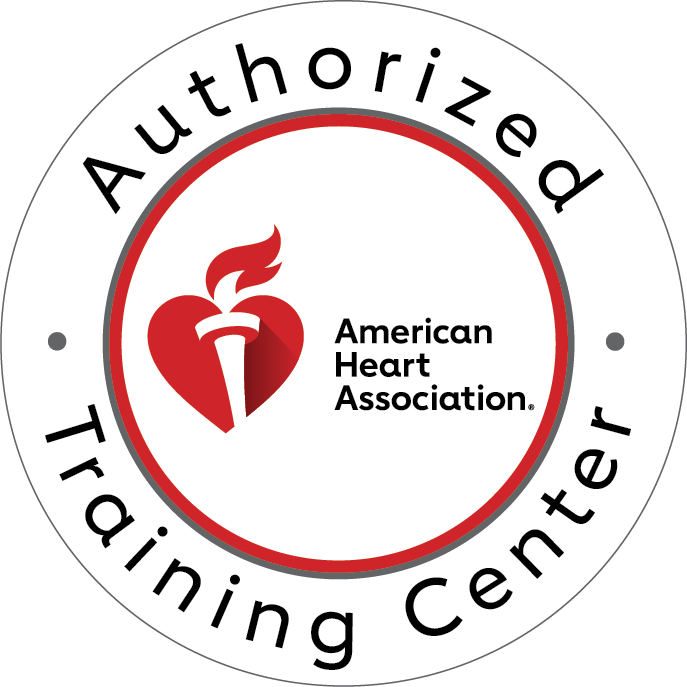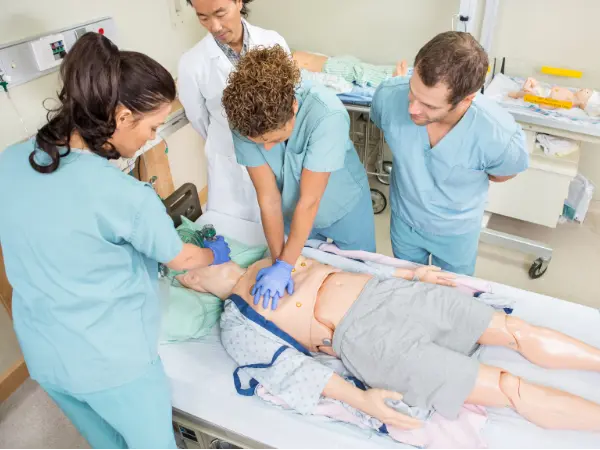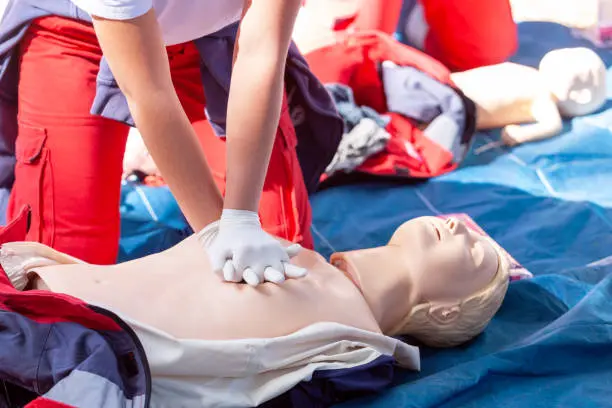ACLS vs BLS: Key Differences in Life-Saving Certifications
Understanding the difference between ACLS vs BLS is essential for healthcare professionals seeking certification. BLS (Basic Life Support) focuses on foundational emergency care like CPR (cardiopulmonary resuscitation), chest compressions, and (Automated External Defibrillator) AED use. Whereas, ACLS (Advanced Cardiovascular Life Support) goes a step further, covering advance skills such as ECG interpretation, medication administration, and … Read more




